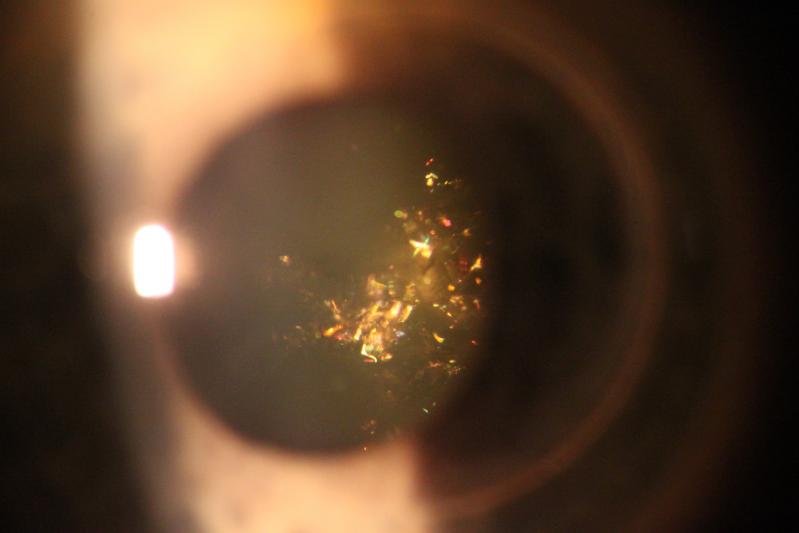
Christmas Tree Cataract Signs, Causes and Treatment
They brought Canada's first Christmas trees and, in later generations, gingerbread houses and Advent calendars. When Queen Victoria's German husband, Prince Albert, put up a Christmas tree at.

Christmas Tree Cataract YouTube
The Christmas tree cataract is a rare type of polychromatic cataract. Although it is not often responsible of significant visual loss, it can progress and impair vision, it can also be associated with other types of lens opacities. A cataract surgery is often performed. The crystals are highly refringent and change significantly the viewing of.

A Christmas tree cataract The BMJ
7 Conclusion What Is A Christmas Tree Cataract? Christmas tree cataract is a type of cataract that affects the eye. It consists of small white dots arranged in a pattern resembling a Christmas tree, hence its name. The dots are semi-transparent and can form a cloudy haze within the lens that obstructs vision.

CHRISTMAS TREE CATARACT Different Types of Cataracts Explained YouTube
Christmas tree cataract is a rare type of lenticular opacification.And as the name suggests, it is characterized by polychromatic, needle‑shaped deposits in.

Christmas tree cataract r/optometry
Did you know there are many different types of cataracts? One of the most unique types of cataracts is called a Christmas Tree Cataract, and yes, it actuall.

What is a Christmas tree or Snowflake cataracts? Learn about 13 different types of cataracts
Christmas tree cataract is a type of cataract that typically affects older adults. It is characterized by the formation of white, web-like fibers on the lens of the eye, which can eventually lead to vision loss. Christmas tree cataracts are generally not painful and do not cause any serious symptoms other than blurred vision.

"Just Practicing" Cataract Zoo 4 Christmas Tree Cataract
Introduction Christmas tree cataract also called a starry cataract, is a rare type of opacity in the crystalline characterized by polychromatic needle-shaped deposits in the deep cortex and nucleus thereof which may be isolated or associated with other opacities. It is presented unilaterally or asymmetrically bilaterally. There are controversies regarding the composition of said opacities.

Cataract EyeWiki
A Christmas tree cataract is a rare age-related change resulting from accelerated breakdown of membrane-associated denatured proteins induced by elevated calcium levels.

Cataracts for Christmas? Marina Del Rey Optometry Optometrists
A cataract is a clouding of the natural intraocular crystalline lens that focuses the light entering the eye onto the retina. This cloudiness can cause a decrease in vision and may lead to eventual blindness if left untreated. Cataracts often develop slowly and painlessly, so vision and lifestyle can be affected without a person realizing it.

Christmas Tree Cataract Signs, Causes and Treatment
February 23, 2023 #lens Ever heard of the Christmas Tree Cataract? It's this rare type of cataract that happens when some proteins in the eye's crystalline lens turn into colorful needle-shaped structures that look like tinsel.This change in your eye is linked to getting older and having too much calcium floating around in there.
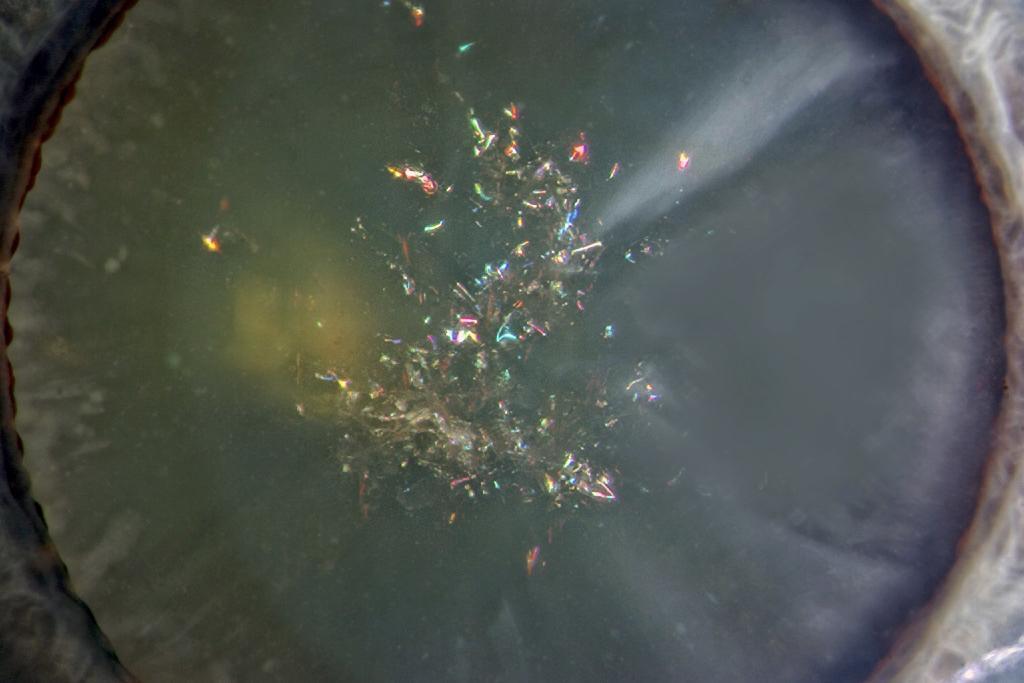
Christmas tree cataract
A Christmas Tree Cataract (CTC) is a rare lens change often described as polychromatic needle shaped crystals crisscrossing the deep cortex and nucleus of the lens. Due to the refractive, colorful nature of the cataract when observed, it often gives the appearance of colored lights on the branches of a Christmas tree.
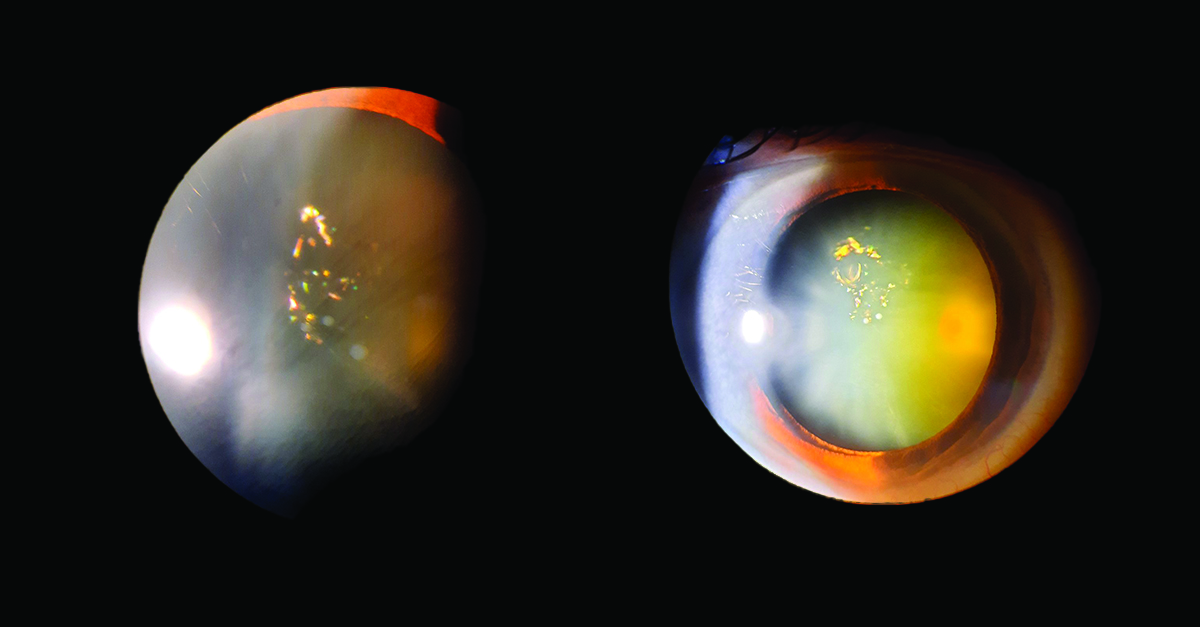
Christmas Tree Cataract Sistina Ophthalmology
Christmas tree cataract is typically idiopathic or associated with myotonic dystrophy. Because the cataract did not cause a significant decrease in vision, it was not removed but monitored for progression. BLINK SUBMISSIONS: Send us your ophthalmic image and its explanation in 150-250 words.
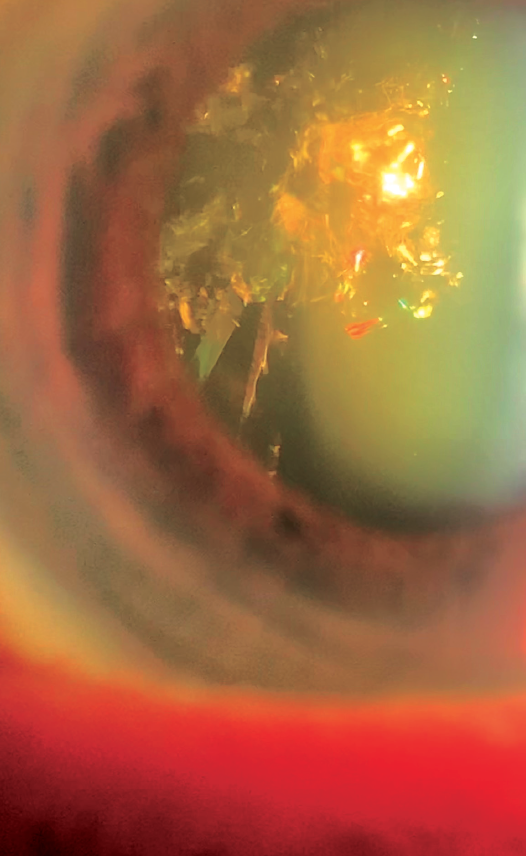
Christmas Tree Cataract Modern Optometry
Christmas tree cataracts are typically detected in nearly all patients with DM1; however, only 16.7% of individuals with Christmas tree cataracts are diagnosed with DM1. 4 In other words, most Christmas tree cataracts are idiopathic, but they are extremely common in patients diagnosed with DM.

Christmas Tree Cataract Meaning, Causes And Treatment
Christmas tree cataract also called a starry cataract, is a rare type of opacity in the crystalline characterized by polychromatic needle-shaped deposits in the deep cortex and nucleus thereof which may be isolated or associated with other opacities. It is presented unilaterally or asymmetrically bilaterally.
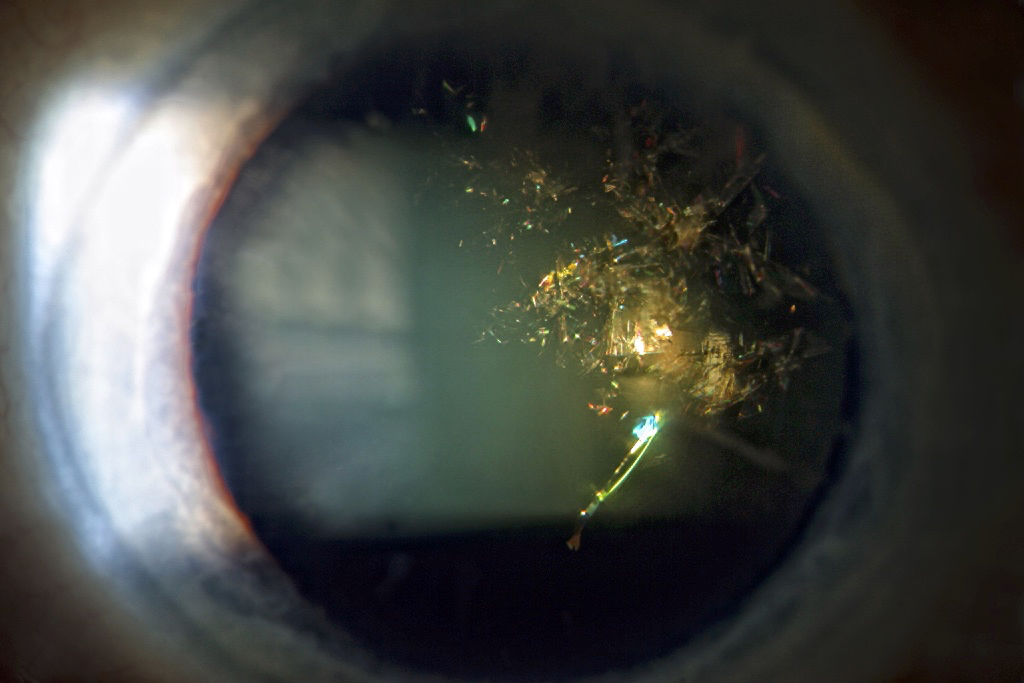
Christmas tree cataract
Why are they called Christmas tree cataracts? Christmas tree cataracts get their name from their appearance. When they form, they look like multicolored opacities that "glisten." Unlike other forms of cataracts, the rest of the eye's lens is clear apart from the multicolored opacities.
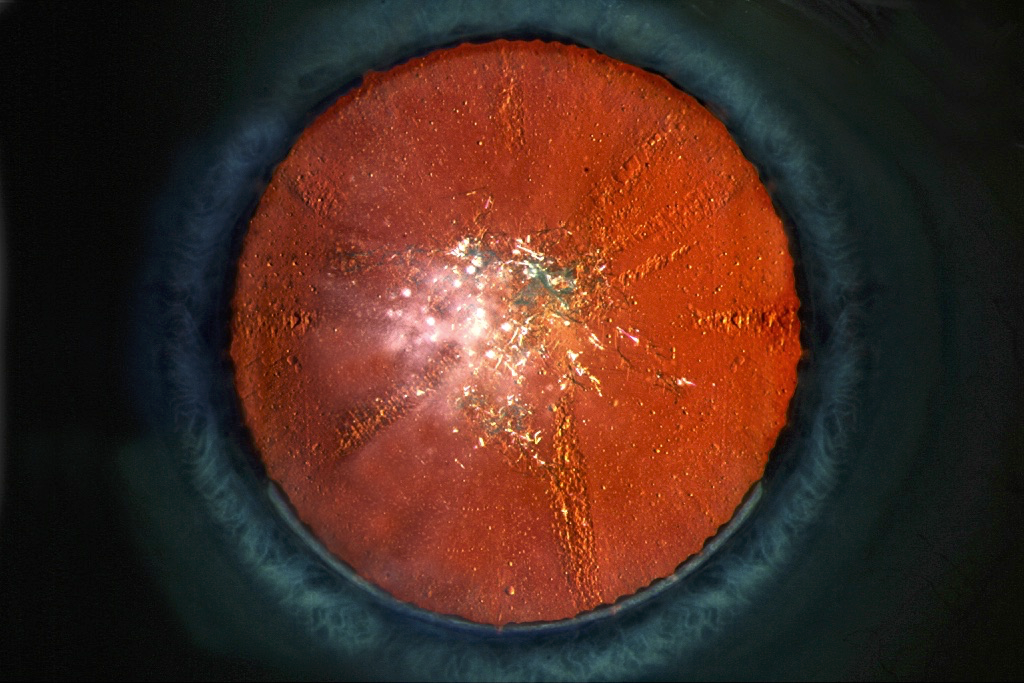
Christmas tree cataract
Updated on May 26, 2023 Christmas Tree Cataract, also known as Cerulean Cataract, is a rare type of cataract that affects the eyes' lens. It is called Christmas Tree Cataract because of the tree-like appearance of the opacities in the lens. Causes of Christmas Tree Cataract The exact cause of Christmas Tree Cataract is unknown.
